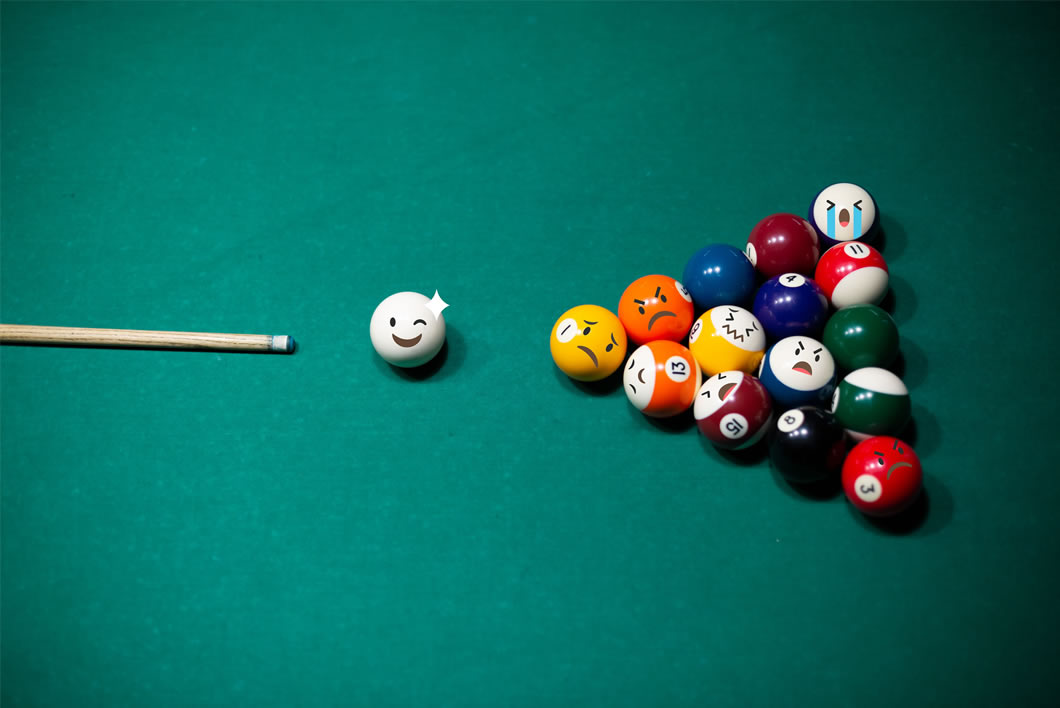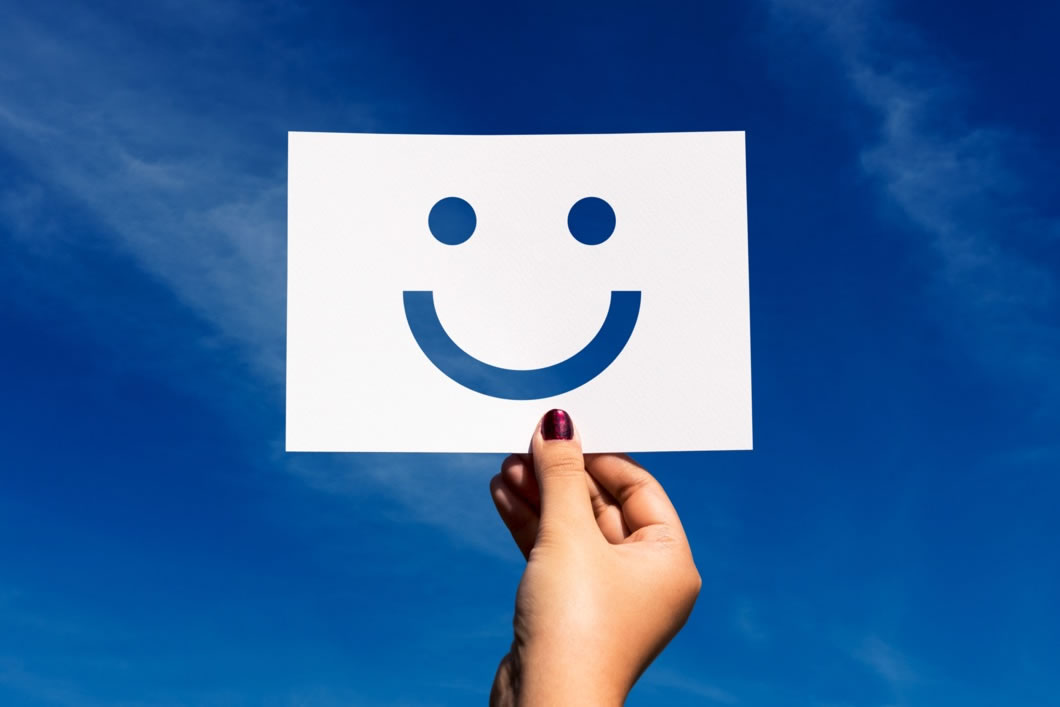6.5. Laughter For Growth
Sebastian Gendry2022-11-29T12:53:03-08:00Laughter Trivia All humans laugh, and laughter always involves a similar pattern of whooping noises. The sound of laughter is so common and familiar that it can be recognized if played backward on tape. Deaf people who have never heard a sound still make laughing noises [1]. The laughing noises produced by humans share many of the acoustic properties of speech, which is further evidence that laughter is hijacking the brain and body apparatus that we use for breathing and talking. Adults between the ages of 18 and 34 report laughing the most. In terms of quantity, there is no marked [...]









